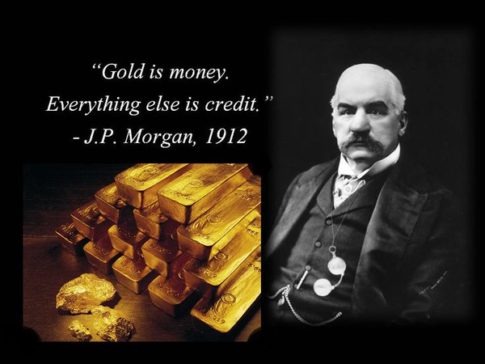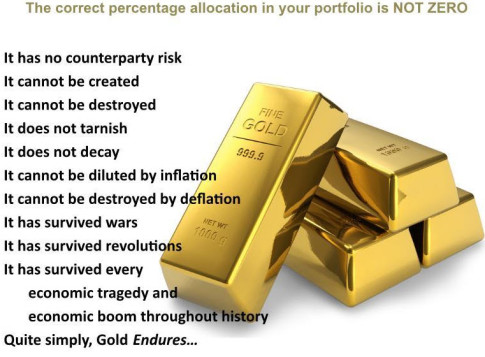…but hey, what do they know???
***
– Central Bank Gold Reserves Chart Second-Highest Increase Since 1950 In 2022:
Central banks closed out 2022 with reported net purchases of 28 tons of gold in December. Including large unreported purchases, this brought total central bank gold buying in 2022 to 1,136 tons. It was the second-highest level of net purchases on record dating back to 1950, and the 13th straight year of net central bank gold purchases.
China officially started buying gold again in November and made another large purchase of 30 tons in December. That raised China’s total gold reserves to over 2,000 tons for the first time.
The Chinese central bank accumulated 1,448 tons of gold between 2002 and 2019, and then suddenly went silent. Many speculate that the Chinese continued to add gold to its holdings off the books during those silent years.
There has always been speculation that China holds far more gold than it officially reveals. As Jim Rickards pointed out on Mises Daily back in 2015, many people speculate that China keeps several thousand tons of gold “off the books” in a separate entity called the State Administration for Foreign Exchange (SAFE).
The Central Bank of Türkiye (Turkey) continued its consistent buying in December, adding another 25 tons to its swelling gold reserves. Over the course of 2022, Turkey added about 150 tons of gold to its hoard.
Croatia bought 2 tons of gold after having not reported any changes in its gold reserves since 2001.
After a pause in November, the Reserve Bank of India resumed purchasing gold in December, with a modest 1-ton purchase. India ranks as the ninth largest gold-holding country in the world. Since resuming buying in late 2017, the Reserve Bank of India has purchased over 200 tons of gold. In August 2020, there were reports that the RBI was considering significantly raising its gold reserves.
These purchases were partially offset by large sales by Kazakhstan (29 tons) and Uzbekistan (1 ton). It is not uncommon for banks that buy from domestic production – such as Uzbekistan and Kazakhstan – to switch between buying and selling.
December purchases brought the total net increase in central bank gold reserves in Q4 to 417 tons. Through the second half of 2022, central banks bought 862 tons of gold.
The total increase in reserves was a combination of reported buying, along with an estimate for significant unreported buying. Central banks that often fail to report purchases include China and Russia. Many analysts believe China is the mystery buyer stockpiling gold to minimize exposure to the dollar. According to the World Gold Council, “Should more information about this unreported activity become available, these estimates may be revised.”
Total 2022 central bank purchases of 1,136 tons represented a 152% increase from 2021. It was the highest level of annual net central bank gold purchases since the suspension of dollar convertibility into gold in 1971, and the second-highest annual total on record. (The record was in 1967.)
According to the World Gold Council, there are two main drivers behind central bank gold buying — its performance during times of crisis and its role as a long-term store of value.
It’s hardly surprising then that in a year scarred by geopolitical uncertainty and rampant inflation, central banks opted to continue adding gold to their coffers and at an accelerated pace.”
World Gold Council global head of research Juan Carlos Artigas told Kitco News that the big purchases underscore the fact that gold remains an important asset in the global monetary system.
“Even though gold is not backing currencies anymore, it is still being utilized. Why? Because it is a real asset,” he said.
Globally, central banks have added to net reserves for 13 straight years. In that time, they bought over 6,800 tons of gold.
After record years in 2018 and 2019, central bank gold-buying slowed in 2020 with net purchases totaling about 273 tons. The lower rate of purchases in 2020 was expected given the strength of central bank buying both in 2018 and 2019. The economic chaos caused by the coronavirus pandemic has also impacted the market.
Central bank demand came in at 650.3 tons in 2019. At the time, that was the second-highest level of annual purchases for 50 years, just slightly below the 2018 net purchases of 656.2 tons.
***
* * *
PayPal: Donate in USD
PayPal: Donate in EUR
PayPal: Donate in GBP



https://twitter.com/PTRUMPFORTX2020/status/1622931802150125568
Ex CIA explains Adrenochrome Adrenalized blood and child trafficking.
I think that whilst there isn’t much in the way of complete concurrence yet, there is much overlap between most of the consistently realistic forecasters like Lynette Zang, Gerald Celente & Bill Holter, who talk to us at our level, which plebs like me can relate to when trying to grasp what’s happening.
Here’s a good interview where the young host, Michelle Makori, actually asks the questions I understand, want and relate to.
The only conclusions are that a) we are all frogs slowly simmering in the pot b) we should all be debt free, including Credit Cards c) the ‘system’ is disintegrating NOW, but they won’t keep us in the loop d) we really are on our own e) unprepared ostrichitis will lead to the same pit of despair the dumb are headed to. f) the deadline for realisation & unrest is very close as protests expecting morally & financially corrupt and bankrupt Governments to support them, is increasing as inversely as economies sink.
https://www.youtube.com/watch?v=RY1ECavKSJU
https://twitter.com/LetsGoBrando45/status/1623369223421497353
Nobel Prize recipient, & highly esteemed inventor of the #PCR test, Kary Mullis explains his history with #Fauci – & it doesn’t bode well for him. Kary conveniently died 3-months before the #COVID19 #Pandemic.